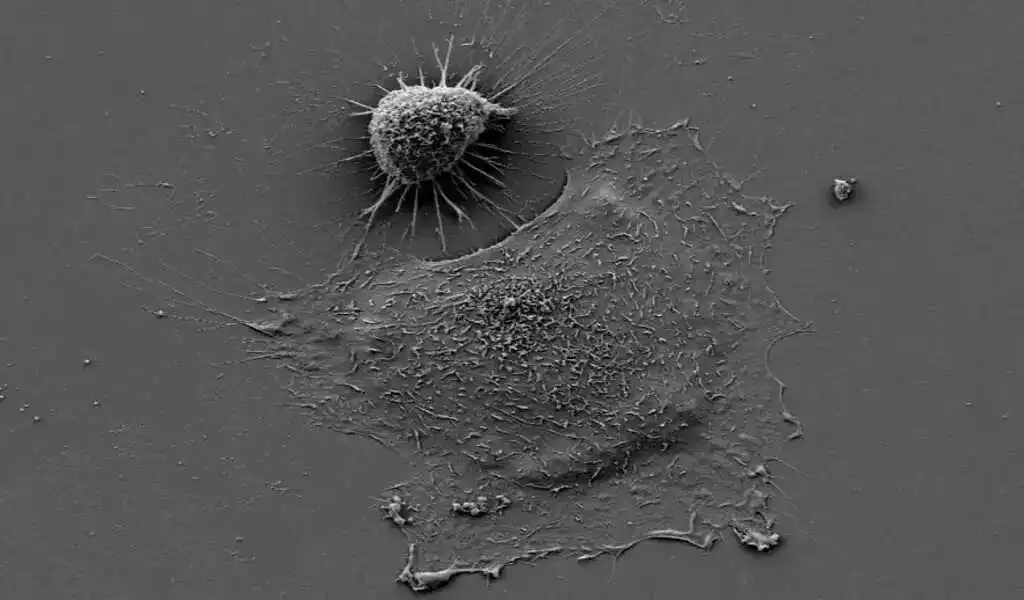Health
In a Skin Cancer Model, Artificial Skin Blocks Invasive Growth

(CTN News) – Researchers from the University of Copenhagen have blocked invasive growth in skin cancer models using fake human skin.
Scientists have examined what actually happens when a cell changes into a Skin Cancer cell in a study published in Science Signaling.
Normally, your skin cells don’t invade the hypodermis and cause havoc. Instead, they produce new skin layers. As Skin Cancer cells emerge, they cease to respect the boundaries between skin layers and invade one another. Invasive growth occurs in this way.
He and his colleagues have applied methods to block invasive growth in skin cancer by blocking the TGF beta pathway.
Sally Dabelsteen of the School of Dentistry explains, “Many drugs can block these signal pathways, and we used some of them in this study.”
Professor Jesper V. Olsen and Dr. Zilu Ye are working with Hans Wandall and Sally Dabelsteen at the Faculty of Health and Medical Sciences.
It is possible that some of these drugs will be tested specifically for skin cancer, while others will be tested in connection with other types of cancer as well.”
Artificial skin looks like this.
Artificial skin is the closest thing to real human Skin Cancer
In the new study, researchers used genetically manipulated human skin cells to create artificial skin. Collagen in subcutaneous tissue produces skin cells. Like human skin, these cells grow in layers.
Unlike mice models, researchers can introduce artificial genetic changes relatively quickly to skin models, which can help them better understand how skin develops and regenerates.
As a result, they can also reproduce and track the development of other skin disorders, not just skin cancer.
“We have overcome the potential problem of being unable to transfer results from tests done on mice models to human tissue by using artificial human skin. In most studies of this kind, mice models were used.
We can now conclude, however, that these substances are not harmful and could work in practice, since artificial skin means that we are closer to our reality,” says Hans Wandall.
Researchers created artificial skin that resembles the skin used in cosmetics testing in the EU, which banned animal testing in 2004.
Researchers cannot test the effects of a drug on an entire organism with artificial skin, Hans Wandall points out. In the 1980s, cosmetic companies began using skin models like this one.
Skin can be used to study the effect. We can determine whether they damage the skin’s structure and healthy cells by studying their effects on the skin.
SEE ALSO:
New lawsuit Filed Over U.S. State Restrictions on Abortion Pills






























